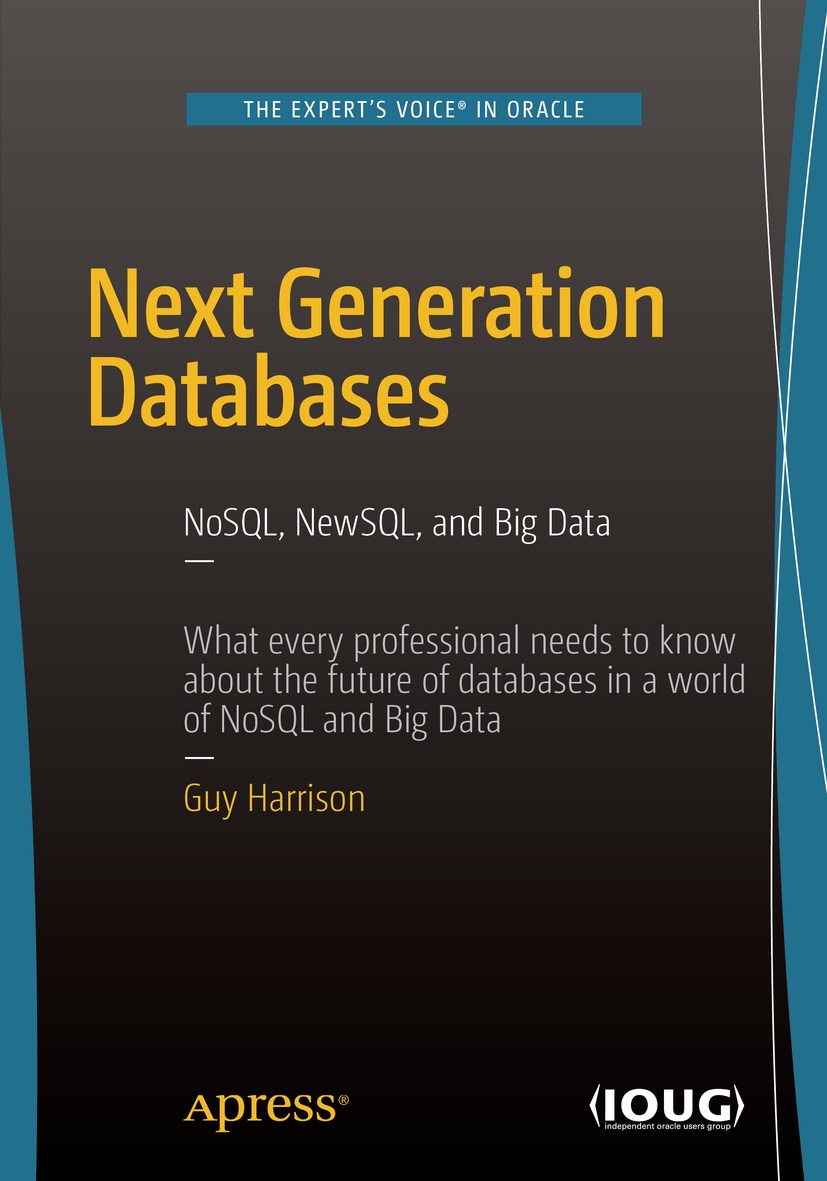

Most ebook files are in PDF format, so you can easily read them using various software such as Foxit Reader or directly on the Google Chrome browser.
Some ebook files are released by publishers in other formats such as .awz, .mobi, .epub, .fb2, etc. You may need to install specific software to read these formats on mobile/PC, such as Calibre.
Please read the tutorial at this link: https://ebookbell.com/faq
We offer FREE conversion to the popular formats you request; however, this may take some time. Therefore, right after payment, please email us, and we will try to provide the service as quickly as possible.
For some exceptional file formats or broken links (if any), please refrain from opening any disputes. Instead, email us first, and we will try to assist within a maximum of 6 hours.
EbookBell Team

4.4
72 reviews"It’s not easy to find such a generous book on big data and databases. Fortunately, this book is the one." Feng Yu. Computing Reviews. June 28, 2016.
This is a book for enterprise architects, database administrators, and developers who need to understand the latest developments in database technologies. It is the book to help you choose the correct database technology at a time when concepts such as Big Data, NoSQL and NewSQL are making what used to be an easy choice into a complex decision with significant implications.
The relational database (RDBMS) model completely dominated database technology for over 20 years. Today this "one size fits all" stability has been disrupted by a relatively recent explosion of new database technologies. These paradigm-busting technologies are powering the "Big Data" and "NoSQL" revolutions, as well as forcing fundamental changes in databases across the board.
Deciding to use a relational database was once truly a no-brainer, and the various commercial relational databases competed on price, performance, reliability, and ease of use rather than on fundamental architectures. Today we are faced with choices between radically different database technologies. Choosing the right database today is a complex undertaking, with serious economic and technological consequences.
Next Generation Databases demystifies today’s new database technologies. The book describes what each technology was designed to solve. It shows how each technology can be used to solve real word application and business problems. Most importantly, this book highlights the architectural differences between technologies that are the critical factors to consider when choosing a database platform for new and upcoming projects.